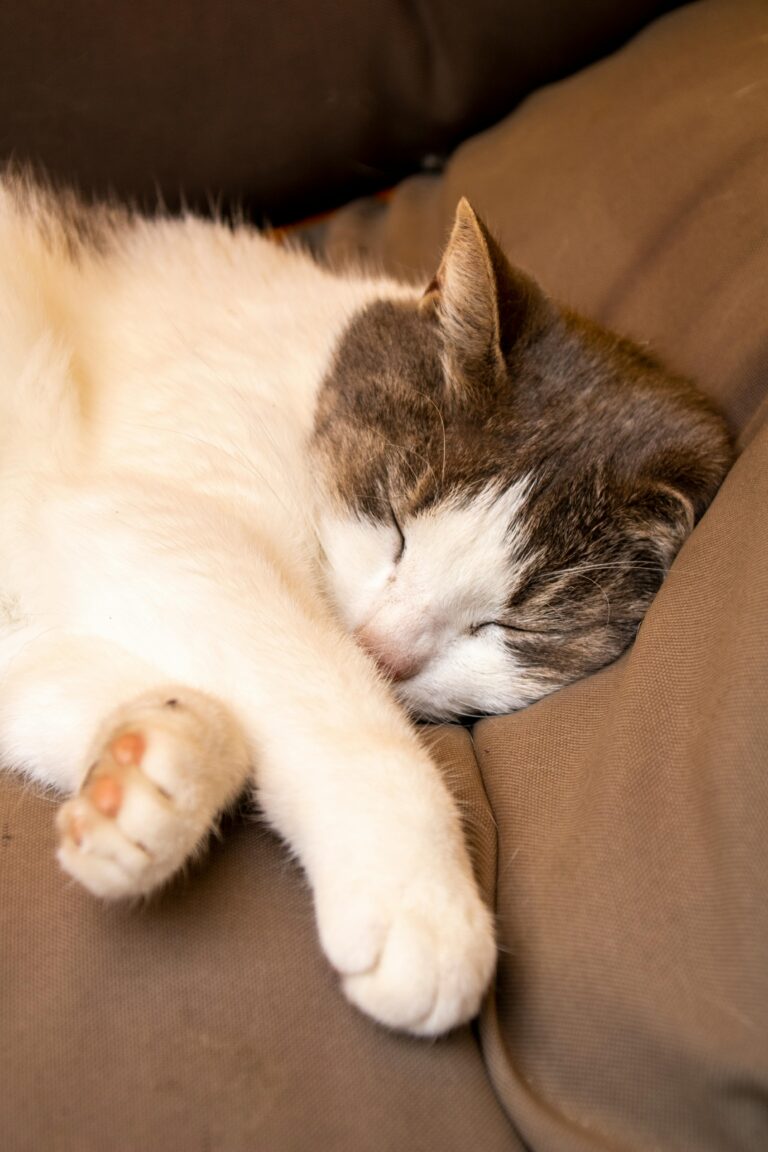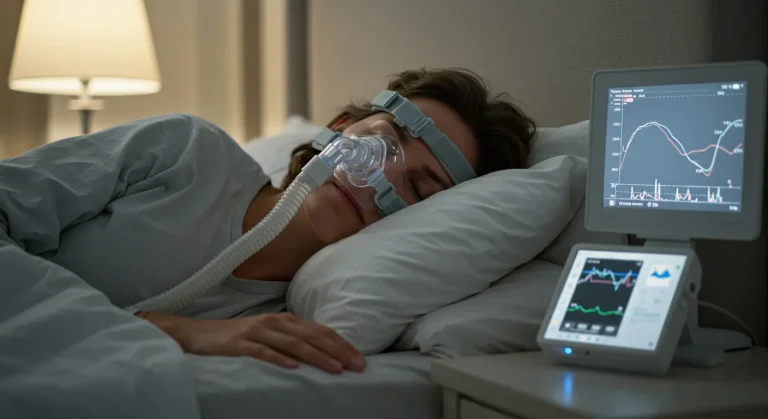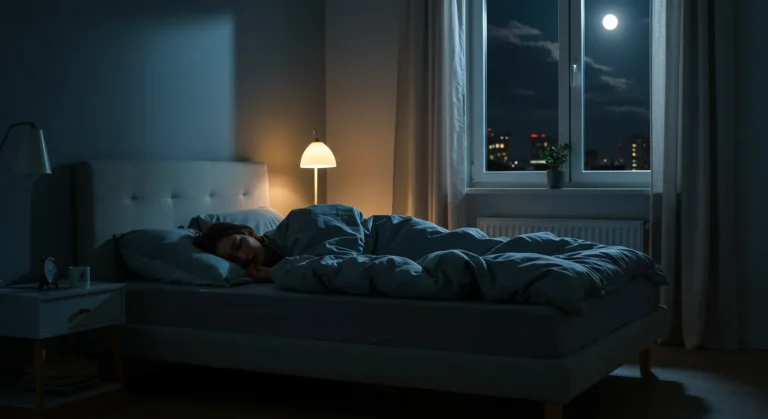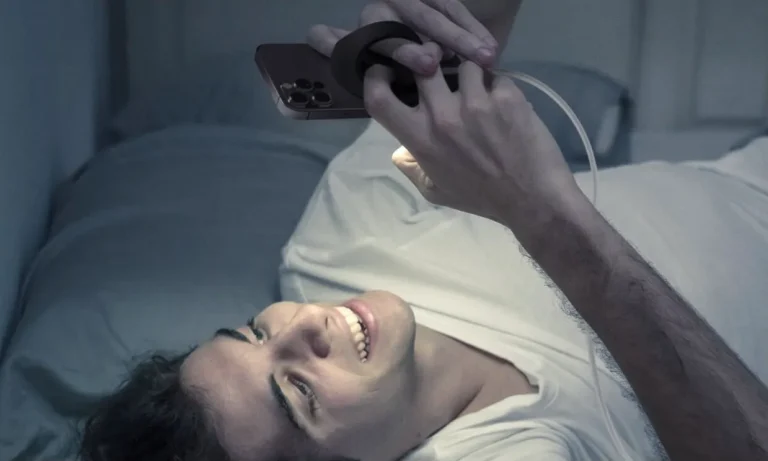Understanding How Medical Conditions Can Trigger Sleepwalking Episodes
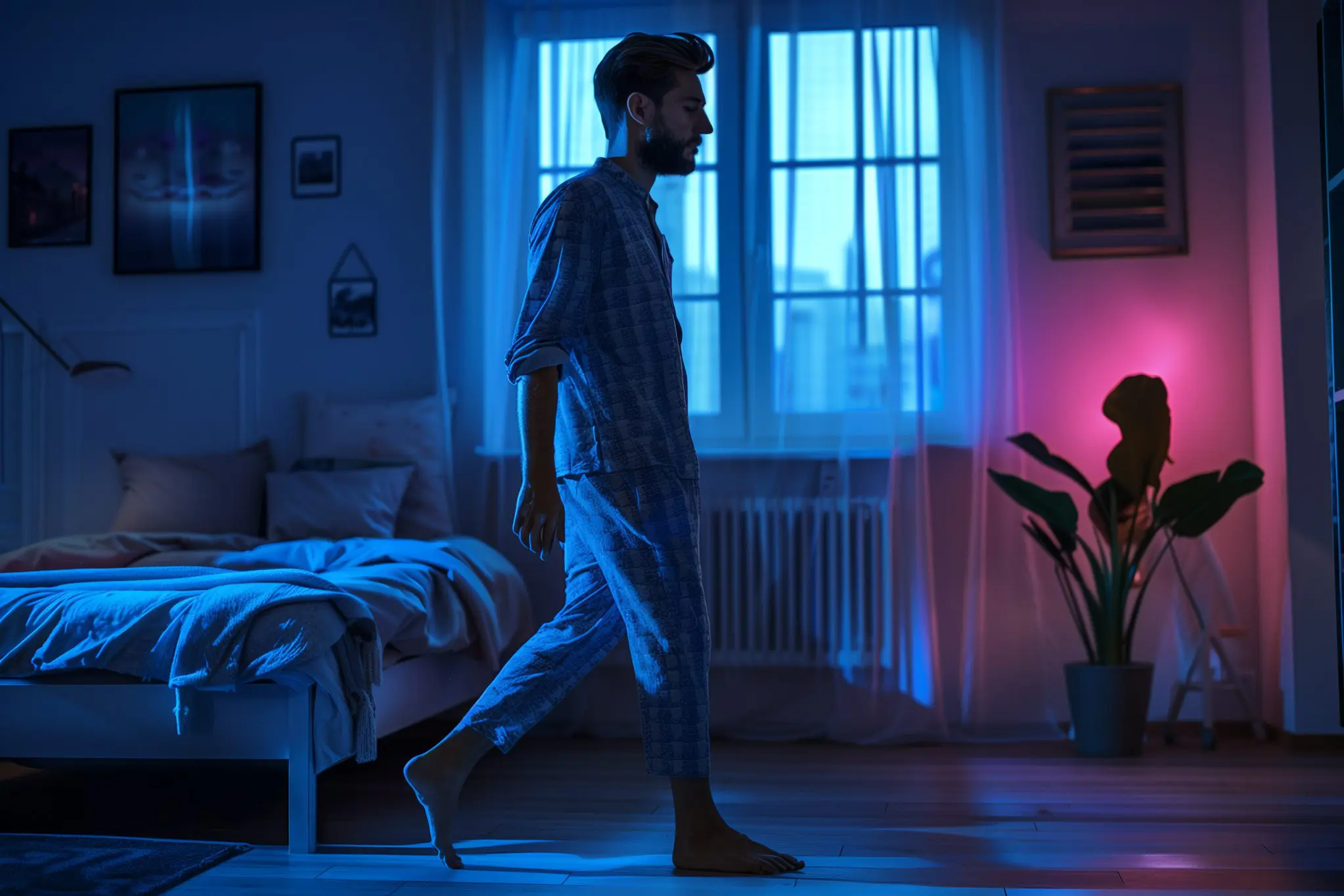
Sleepwalking, a type of parasomnia, involves performing complex behaviors during sleep, such as walking, talking, or even driving. While sleepwalking is often associated with childhood, adults can experience episodes, too—mainly when triggered by underlying medical conditions. At Vector Sleep Diagnostic Center, we’re here to help you understand how medical conditions may contribute to sleepwalking episodes and what can be done to manage them. This guide explores common medical causes of sleepwalking, associated risk factors, and practical strategies to minimize episodes and improve sleep quality.
What is Sleepwalking?
Sleepwalking, or somnambulism, occurs during the deeper stages of non-REM sleep. Individuals who sleepwalk are usually unaware of their actions and may not remember their nighttime activities upon waking. Sleepwalking episodes range from simple behaviours like sitting in bed to more complex actions, sometimes resulting in injury.
How Medical Conditions Trigger Sleepwalking
Certain medical conditions disrupt the brain’s sleep patterns, which can make sleepwalking more likely. Here’s a closer look at some common health issues that may lead to sleepwalking episodes:
1. Sleep Disorders
Underlying sleep disorders are often associated with sleepwalking episodes, particularly when they disrupt standard sleep patterns or increase sleep arousal.
- Obstructive Sleep Apnea (OSA) is a condition in which breathing repeatedly stops and starts during sleep. It can fragment sleep, increasing the risk of parasomnias like sleepwalking.
- Restless Legs Syndrome (RLS): RLS, characterized by an uncomfortable urge to move the legs, often leads to frequent awakenings that can trigger sleepwalking episodes.
- Sleep Deprivation: Lack of sleep disrupts standard sleep architecture, increasing the likelihood of sleepwalking episodes, especially during recovery sleep.
2. Neurological Disorders
Certain neurological conditions can interfere with regular brain activity during sleep, making sleepwalking more common in adults.
- Epilepsy: Some individuals with epilepsy, particularly those with nocturnal seizures, may experience sleepwalking episodes as a result of abnormal brain activity during sleep.
- Parkinson’s Disease and Dementia: Neurodegenerative disorders can affect the brain’s ability to regulate sleep, sometimes resulting in sleepwalking or other parasomnias.
3. Mental Health Conditions
Mental health conditions like anxiety and depression can disrupt sleep patterns and lead to sleepwalking episodes, especially when paired with high-stress or inconsistent sleep schedules.
- Anxiety Disorders: High levels of stress and anxiety can increase nighttime arousal, which may make sleepwalking more likely.
- Depression: Depression and associated sleep disturbances can lead to irregular sleep cycles, potentially triggering sleepwalking episodes.
- PTSD and Trauma-Related Conditions: Trauma can manifest in various sleep disruptions, including parasomnias like sleepwalking, especially in individuals who experience vivid dreams or nightmares.
4. Medication Side Effects
Certain medications can increase the risk of sleepwalking, particularly those that affect brain chemistry or have sedative effects.
- Sedative-Hypnotics: Sleep medications, especially those used to treat insomnia, can lead to complex sleep behaviors, including sleepwalking.
- Antidepressants: Some antidepressants, particularly selective serotonin reuptake inhibitors (SSRIs), may alter sleep stages and contribute to parasomnias like sleepwalking.
- Beta Blockers: Medications used for blood pressure management can disrupt sleep and lead to parasomnias in some individuals.
Risk Factors That Increase the Likelihood of Sleepwalking Episodes
While certain medical conditions can increase sleepwalking episodes, other factors contribute to the risk of experiencing this parasomnia:
- Family History: Sleepwalking often runs in families, making individuals with a genetic predisposition more susceptible.
- Age: Sleepwalking is more common in childhood, but adults with medical conditions or high stress levels may experience episodes.
- Stress and Sleep Deprivation: High stress and inadequate sleep often worsen underlying sleep issues, increasing the risk of sleepwalking.
- Alcohol and Substance Use: Alcohol and certain substances interfere with sleep patterns, potentially triggering parasomnias like sleepwalking.
Tips for Managing and Preventing Sleepwalking Episodes
For those experiencing sleepwalking due to a medical condition, there are several strategies that can help reduce the frequency and severity of episodes:
1. Practice Good Sleep Hygiene
Establishing a consistent sleep routine and environment can help regulate sleep cycles and reduce nighttime arousals:
- Set a consistent bedtime and wake time to stabilize your circadian rhythm.
- Create a calming pre-sleep routine such as reading or meditating to ease your body into sleep.
- Keep your bedroom quiet and dark, using blackout curtains or a sleep mask if necessary.
2. Address Underlying Medical Conditions
Consult with a healthcare provider to manage medical conditions that may be contributing to sleepwalking episodes:
- Treat Sleep Apnea: CPAP therapy or other treatments for sleep apnea can improve sleep quality and reduce parasomnias.
- Address Mental Health Concerns: Therapy, lifestyle changes, and medication management for conditions like anxiety or depression can help minimize sleepwalking episodes.
- Consult About Medications: If a prescribed medication is causing sleepwalking, discuss alternatives or adjustments with your doctor.
3. Limit Stress and Improve Relaxation
High stress levels can exacerbate sleepwalking, so adopting stress-management practices can be beneficial:
- Practice Relaxation Techniques: Breathing exercises, progressive muscle relaxation, or mindfulness meditation can help reduce nighttime arousals.
- Exercise Regularly: Physical activity reduces stress and promotes deeper sleep, which can reduce the likelihood of sleepwalking episodes.
- Avoid Stimulants: Limit caffeine and other stimulants, especially later in the day, as they can disrupt sleep cycles.
4. Make Your Environment Safe
To prevent injuries during a sleepwalking episode, ensure your sleep environment is as safe as possible:
- Remove obstacles from the bedroom floor and around the house to reduce tripping hazards.
- Lock doors and windows to prevent wandering outside during an episode.
- Consider using bed alarms if sleepwalking is frequent, especially for individuals living alone.
How Vector Sleep Diagnostic Center Can Help
If sleepwalking episodes are impacting your life, our team at Vector Sleep Diagnostic Center can help. We offer comprehensive assessments and treatments for sleep disorders, including parasomnias like sleepwalking. Our specialists work with each individual to understand potential triggers, identify underlying medical conditions, and develop a personalized plan for managing and reducing episodes.
Call us at 1 718-830-2800 or email vectorsleep@gmail.com to schedule a consultation today.
Frequently Asked Questions (FAQs)
1. Is sleepwalking dangerous?
Yes, sleepwalking can lead to injuries, especially if the person engages in activities like walking outside or climbing stairs. Safety measures can help reduce risks.
2. Can medications trigger sleepwalking?
Yes, some medications, particularly those with sedative or sleep-inducing effects, can contribute to sleepwalking. Consult your doctor if you suspect medication is involved.
3. Is there a cure for sleepwalking?
While there isn’t a definitive cure, managing underlying medical conditions and practicing good sleep hygiene can significantly reduce episodes.

